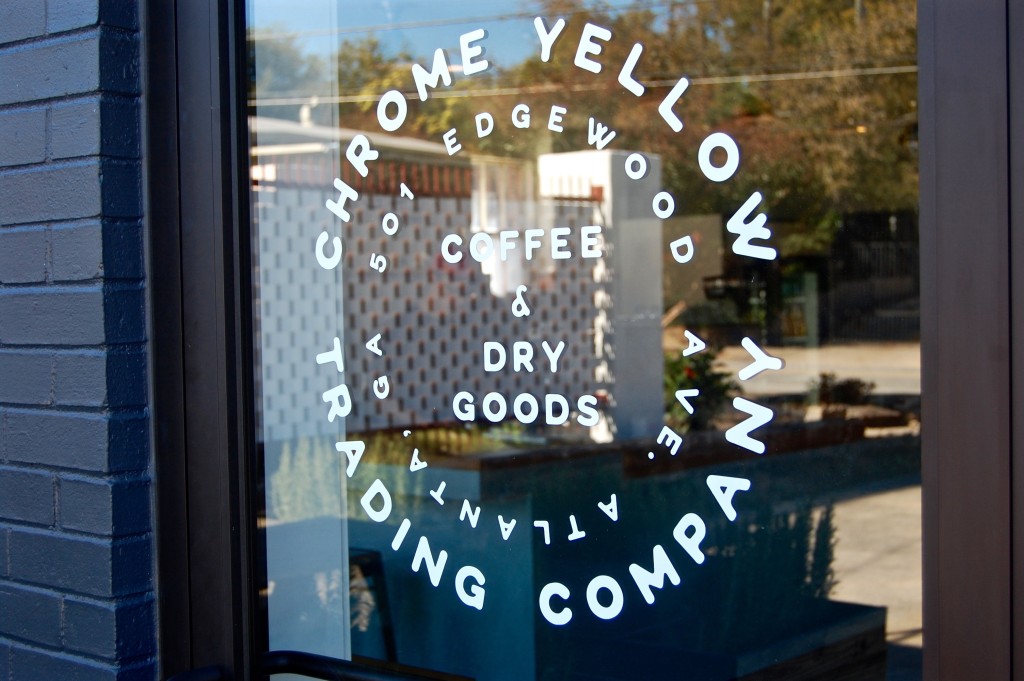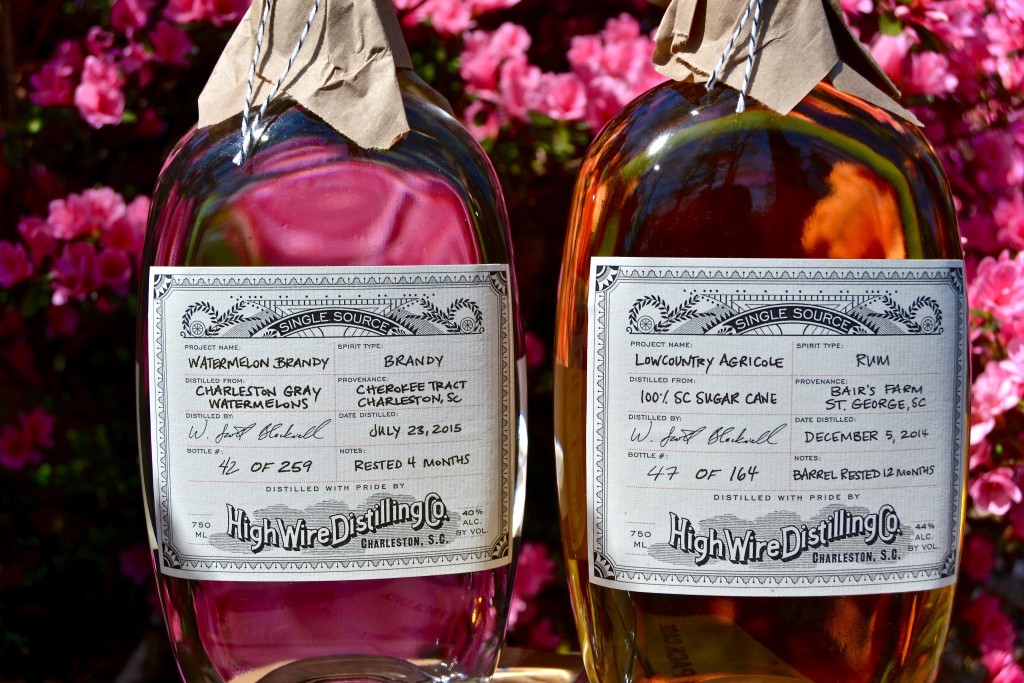
Whenever I see ratings from magazines like Whisky Advocate on spirits that are basically impossible to find, I impulsively groan. Why do they bother telling us how great these things are that 99.999% of us will never get to taste? It just further fuels the imbalance in supply and demand. But, you know what, I’m about to do the same thing they do – tell you about two spirits that are almost impossible to find. Why? Because they are unique and interesting, and because hearing about them might lead you to check out the very cool craft distillery that is making them.
I’m talking about High Wire Distilling Company in Charleston, South Carolina. I tasted their lineup last year and came away impressed, especially with their sorghum whiskey. Not long after, I saw that High Wire was doing their annual limited holiday release of a couple spirits – a rum they dubbed “Lowcountry Agricole” made with South Carolina sugar cane, and a watermelon brandy made from one particular type of heirloom watermelon grown on one single farm. The limited releases were pricey ($79.99 each), but I had heard and experienced enough about High Wire to give me confidence in the purchase. And I have to admit, the minuscule amount of each that was made (only 164 bottles! of the rum, and 259 bottles of brandy) simply added to the allure.
You’re not going to find these on a liquor store shelf, nor are you likely to find them in a bar, but hearing about them will hopefully pique your interest in the cool things one little distillery is doing on the “drink local” front in Charleston. And, who knows, maybe you’ll be able to secure a bottle of whatever they turn out later this year as their new limited releases. Co-founder Ann Marshall tells me the next release of the South Carolina rum is in barrel, made from sugar cane that was harvested in November in Darlington, South Carolina (a different farm than last year). And on the watermelon brandy front, they will be using the same variety/farm this coming year, though those watermelons are still just dirt and seed at this point. The other big news from High Wire is that their Jimmy Red Corn straight bourbon, which has been resting in barrel, will also be coming out as a limited release just in time for the holidays.
Back to the two bottles I procured this past holiday season, here are my tasting notes, along with a brief description from the distillery:
High Wire Distilling Company Watermelon Brandy
80 Proof
Distilled July 23, 2015, rested 4 months (not in barrel)
Retail price $79.99
Tasting dates: March 21-25, 2016
Their description: A storied spirit with a cult following, this Watermelon Brandy is distilled from the fermented juice of almost 300 Charleston Gray watermelons. The Charleston Gray varietal is the direct descendant of the famed Georgia Rattlesnake watermelon and was originally cultivated right here in Charleston. Sweet and distinctive, this brandy boasts a light and fruit forward flavor with soft, vegetal undertones. We recommend serving slightly chilled and neat. Only 259 bottles produced!
My notes: It’s funny, looking at this water-clear spirit and then sniffing it, my first impression was that it reminded me an awful lot of an unaged corn whiskey. The first notes that hit me were corn silk and a malty, grainy note. But right underneath that, especially towards the end of a good long whiff, there was indeed a subtle hint (OK, maybe a nudge) of watermelon. It does not whack you in the hand with watermelon (thank goodness, that would hurt), but once you look for it, it’s clearly there.
Sipping neat, the brandy is indeed light and subtle. You wouldn’t confuse it for vodka, but it does have kind of a pure, clarity to it that defies definitive description in terms of particular fruits (the watermelon is more present on the nose). The malty note becomes a bit more yeasty here, in a nice way. And the finish is long, warm, tingles the tongue.
Over ice, the nose doesn’t change much vs. neat, though the malt/grain note is a bit stronger. Sipping, the body is a bit more lush, as is typical with brandy over ice, and the biggest distinction is that a green vine note (rind?) comes in stronger
Intriguing stuff and totally unique, though I do wish the watermelon fruit were a bit more present in the final product.
High Wire Distilling Company “Lowcountry Agricole” Rum
80 Proof
Distilled December 5, 2014, barrel rested 12 months
Retail price $79.99
Tasting dates: March 21-25, 2016
Their description: Our Lowcountry Agricole is developed in the true style of the famous French West Indies rhum makers. Distilled at a very low proof from the juice of fresh-pressed sugar cane grown in St. George, SC by farmer, Manning Bair, and barrel rested for 12 months, our rhum agricole has a complex, earthy flavor with an incredibly long, sweet finish. A true terroir spirit, our rhum agricole is only the second true agricole made in the United States. Serve neat or with a single ice cube. Only 164 bottles produced!
My notes: The color of rich hay, this rum has an elegant nose that’s easy on the sugar – light vanilla, light caramel, a whiff of banana bread baking off in the distance, and some soft floral grassy-ness. It’s really quite lovely, and shapeshifting over time, with the time in the barrel providing a fleeting mellow bourbon character.
Sipping neat, again the sweetness is subdued compared to typical rums, and the herbal aspects of the sugar cane comes out more prominently (as with rhum agricoles) over the top of a funky (almost barnyardy) bass note. The year of aging has given this a nice balance of sharp, young assertiveness and smooth, vanilla depth. It’s not nearly as grassy-green as most Caribbean rhum auricles, but you certainly get the family resemblance. It makes me wonder how different South Carolina sugarcane is from what you’d find in the fields of Martinique.
Over ice, the earthy grassy elements dial up, and the sugar sweetness remains in check. In the hands of a good bartender, this could make some really interesting cocktails, though it doesn’t quite fit the mold of what you’d typically do with either a young rum or a traditional rhum agricole.
Fascinating spirit, and, like the watermelon brandy, one you’re not going to duplicate anywhere other than South Carolina.

More info on High Wire’s limited releases at Charleston’s The Post & Courier.
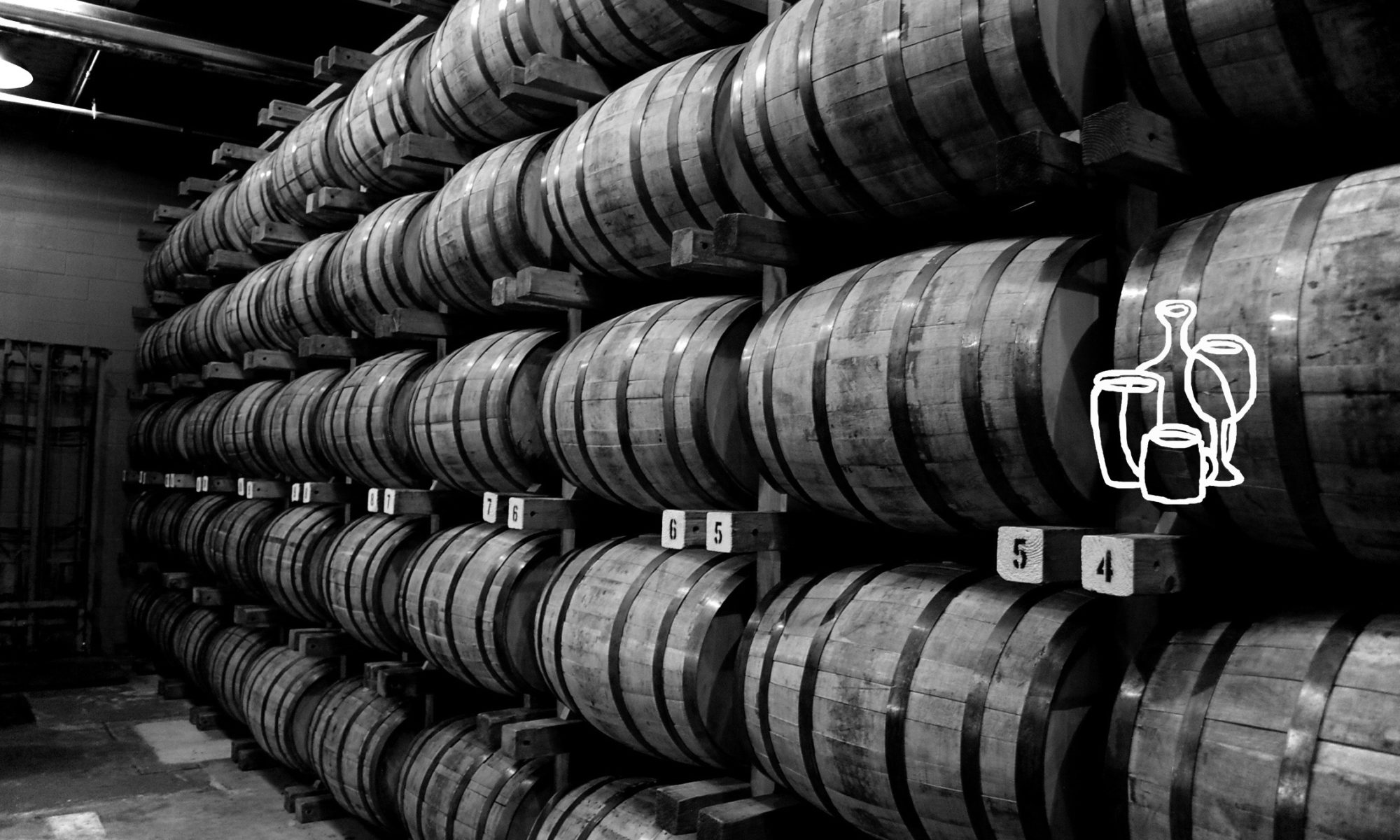
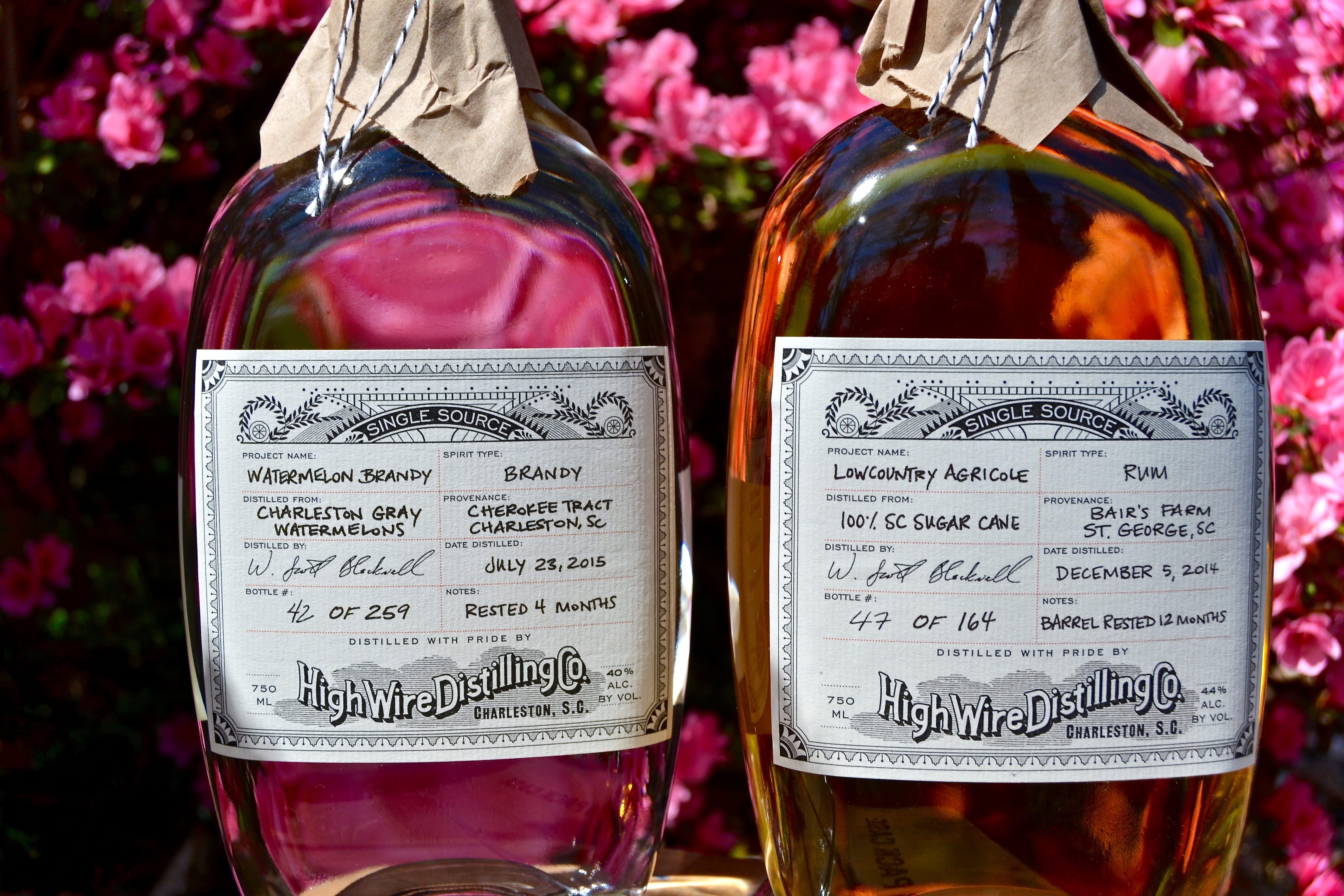

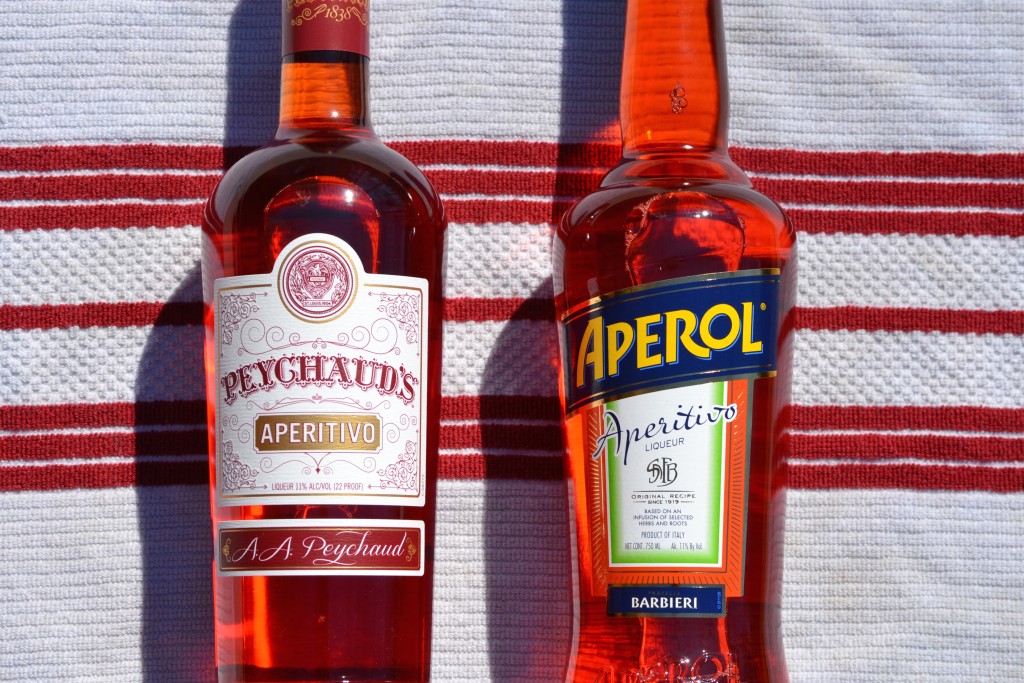

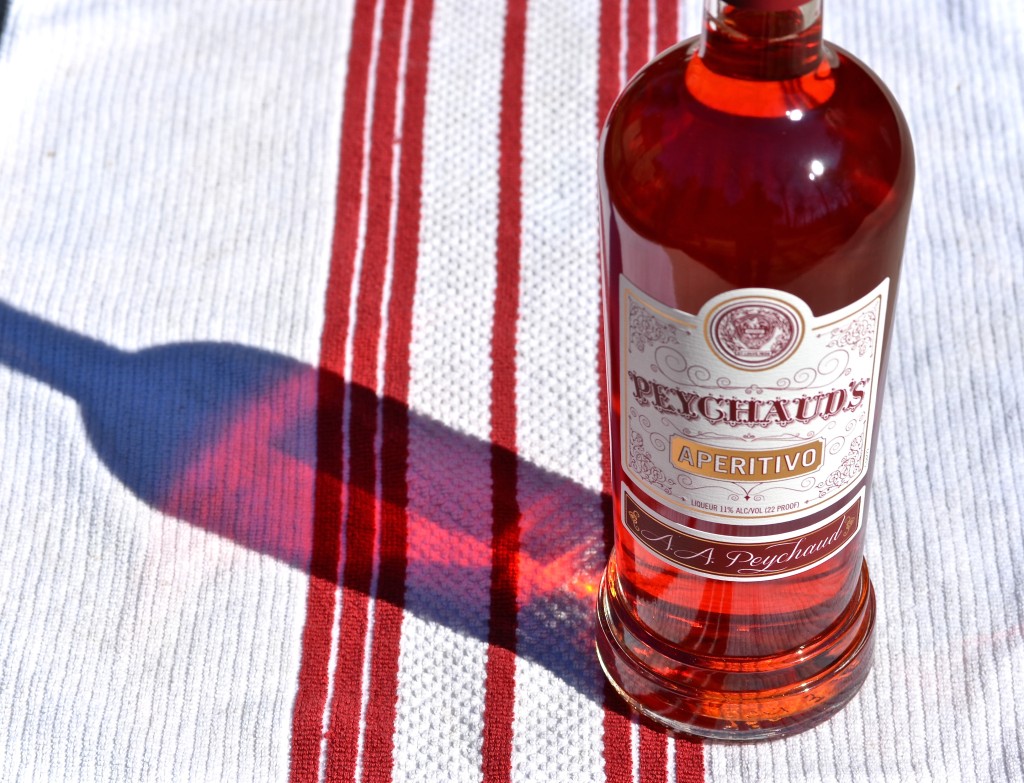

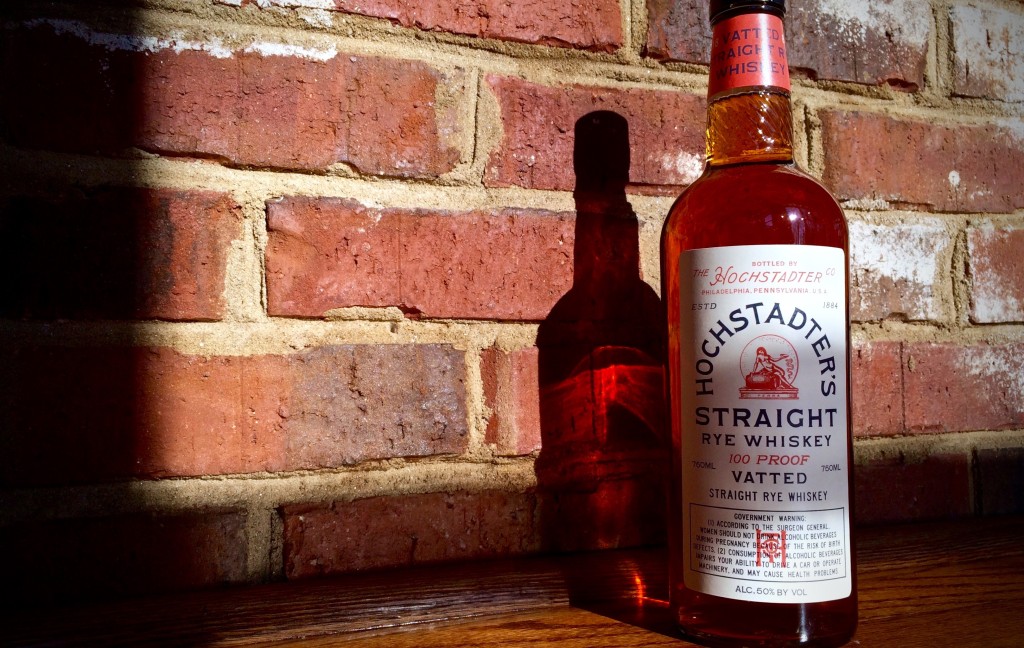
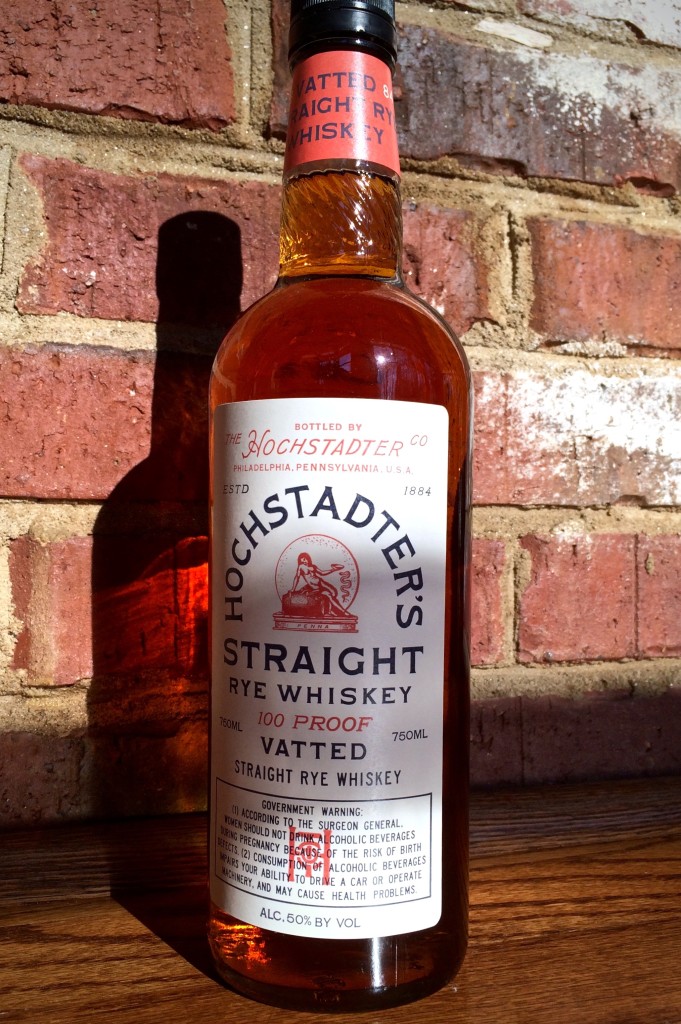 Hochstadter’s Vatted Straight Rye Whiskey
Hochstadter’s Vatted Straight Rye Whiskey
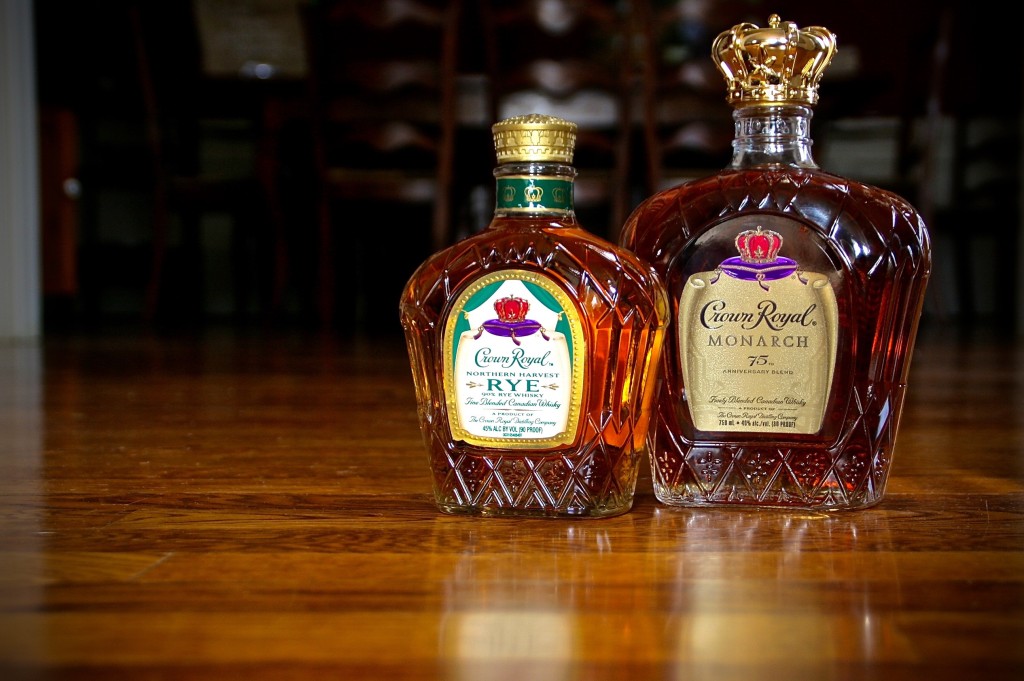
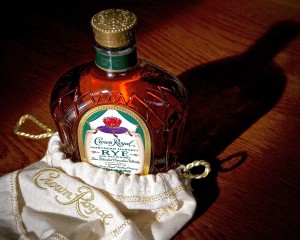 Crown Royal Northern Harvest Rye, Blended Canadian Whisky
Crown Royal Northern Harvest Rye, Blended Canadian Whisky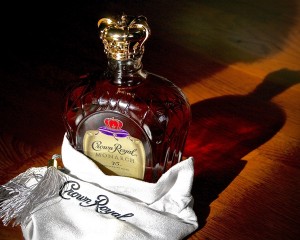 Crown Royal Monarch, 75th Anniversary Blended Canadian Whiskey
Crown Royal Monarch, 75th Anniversary Blended Canadian Whiskey






